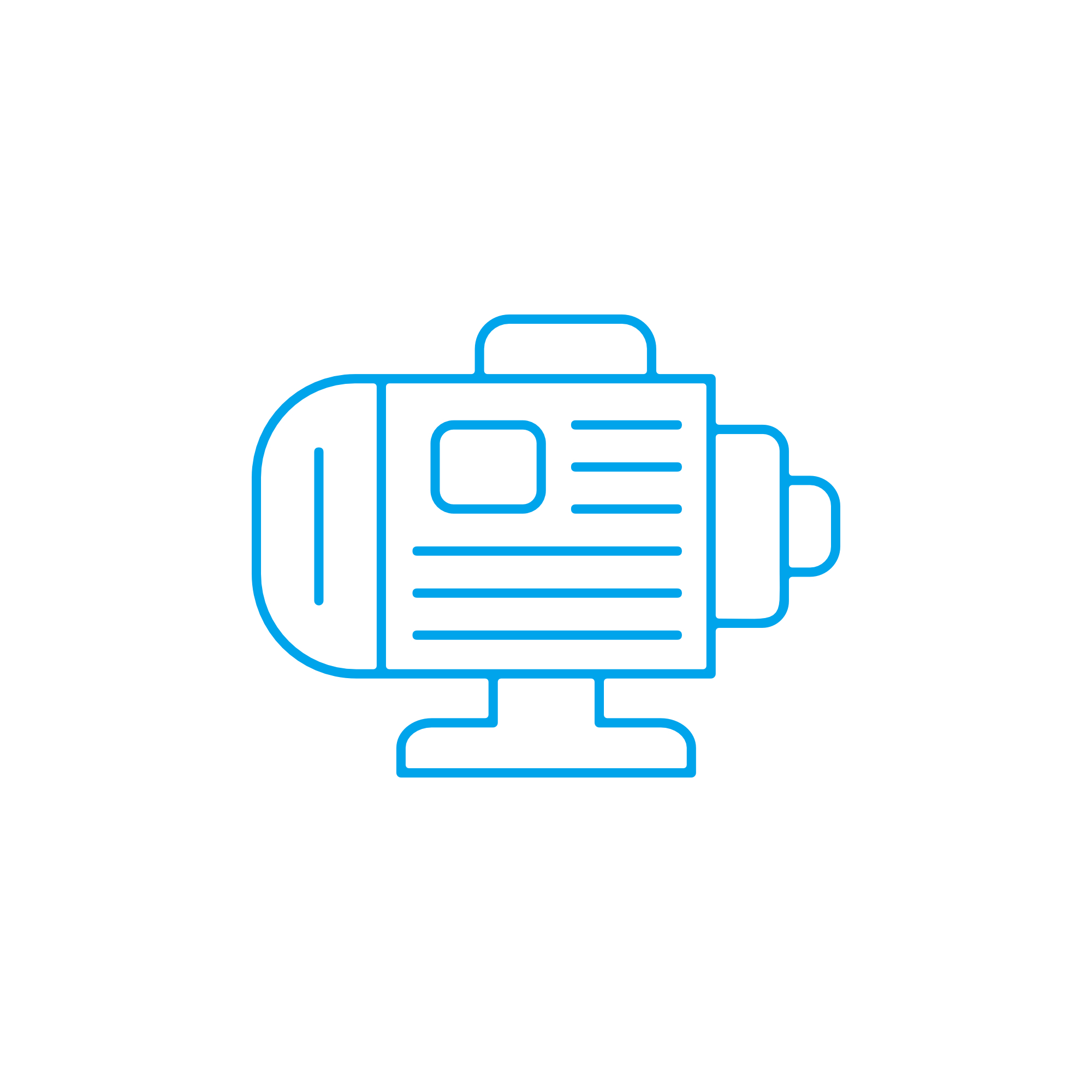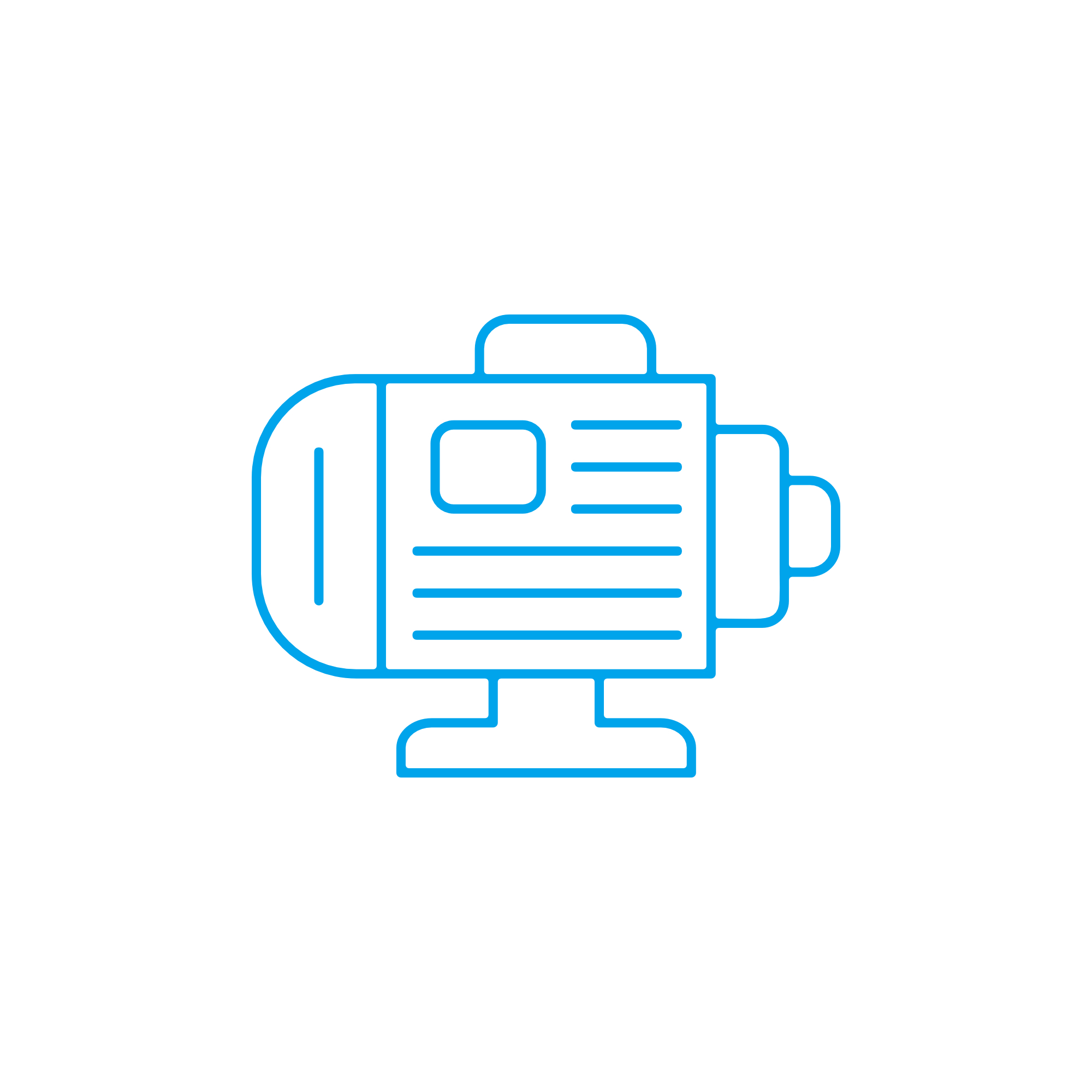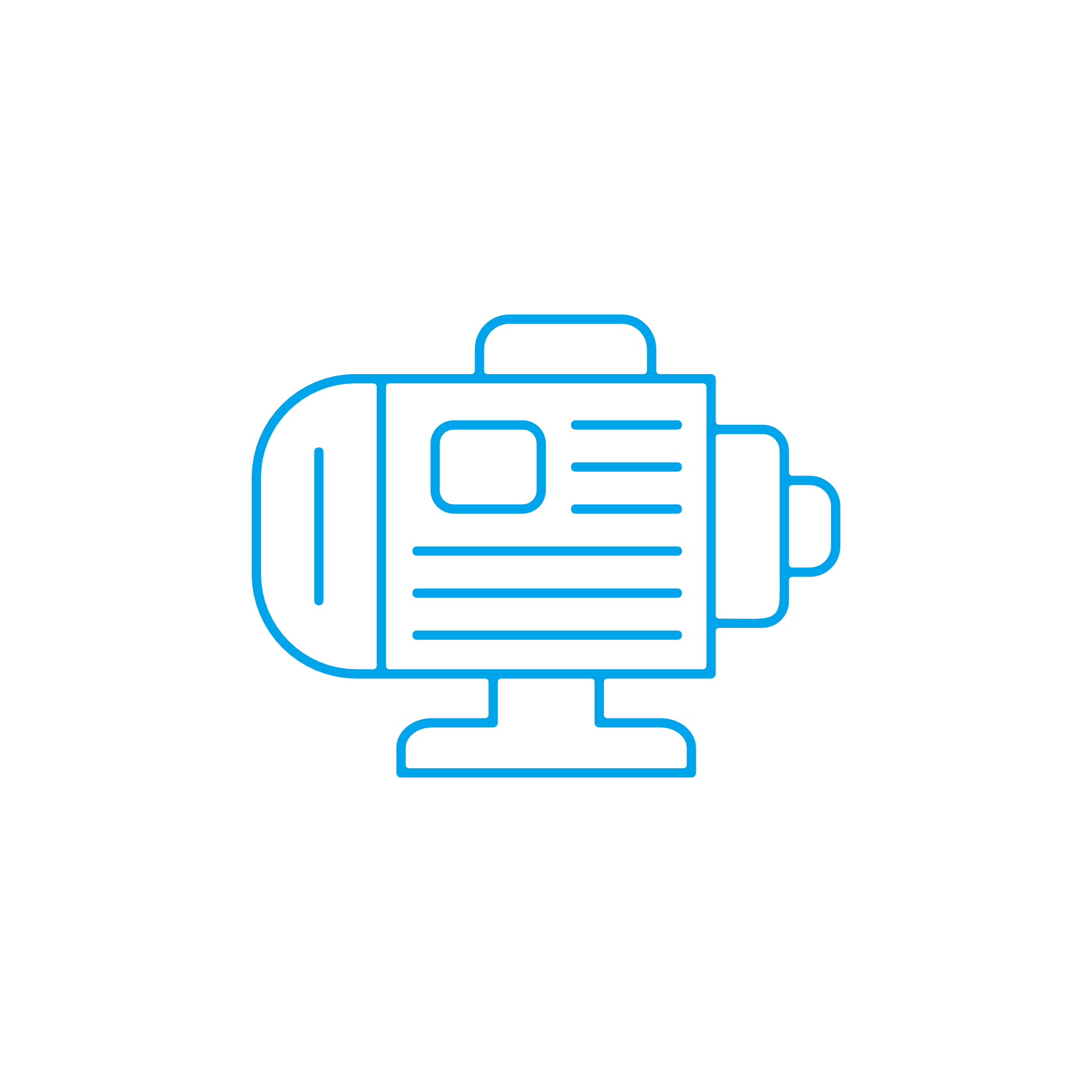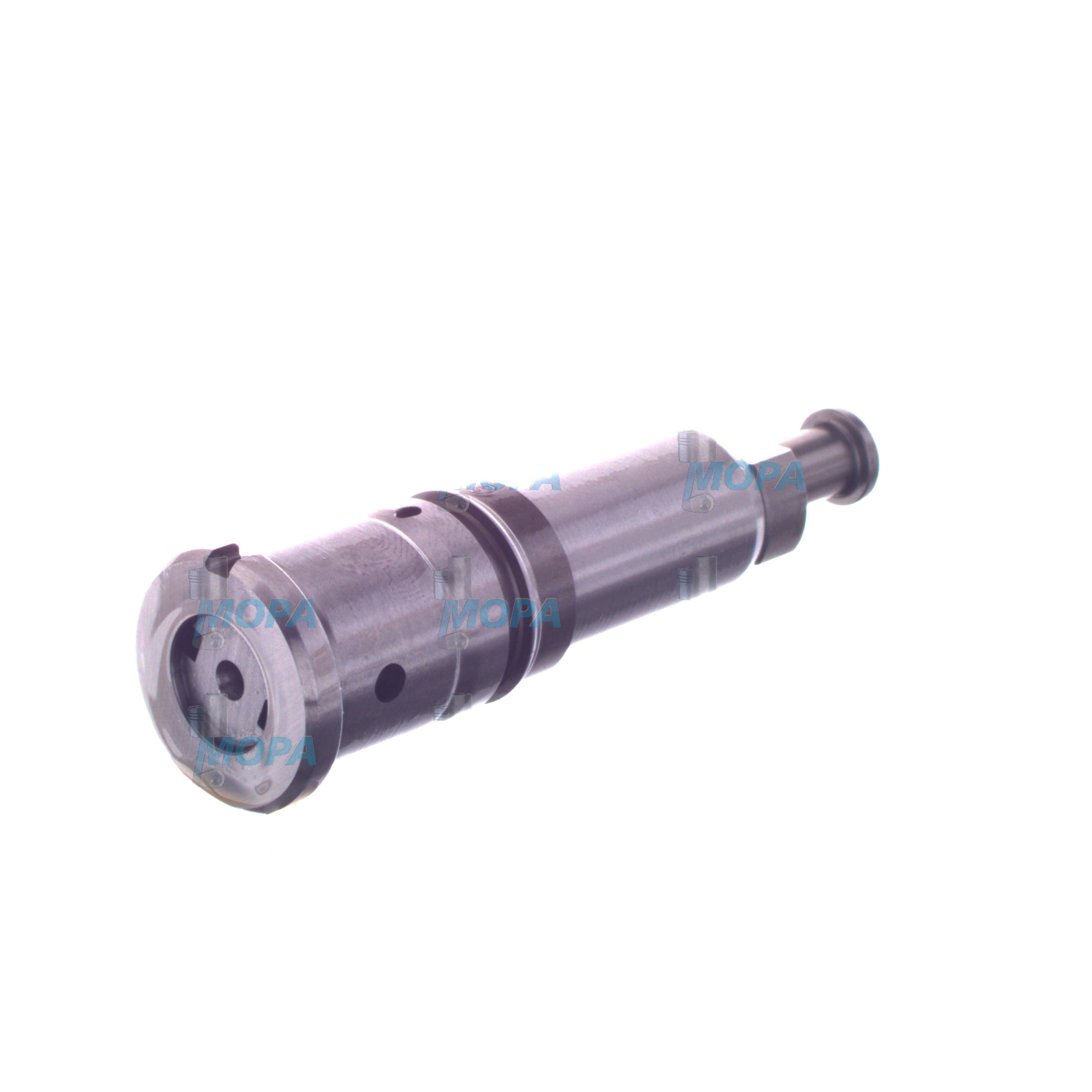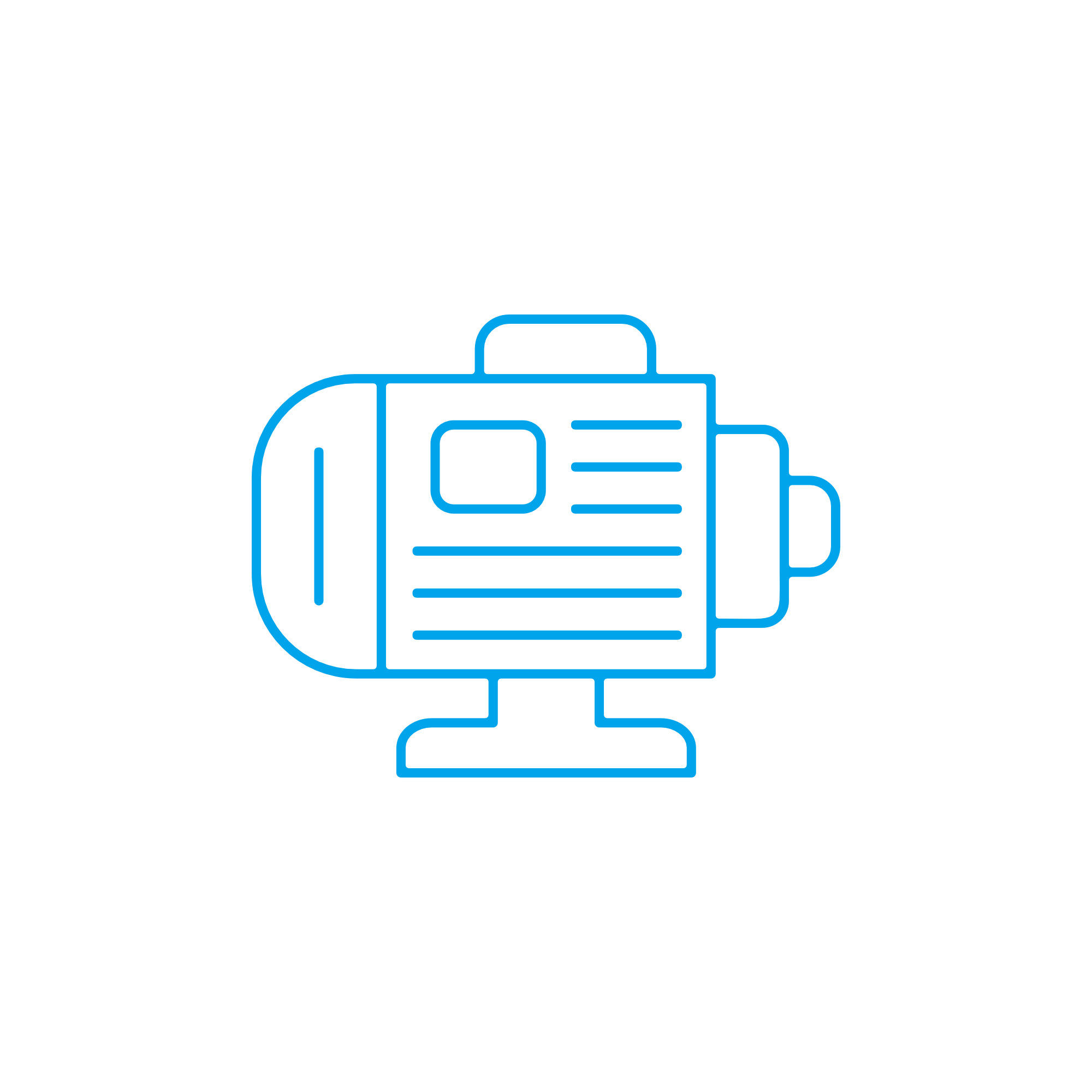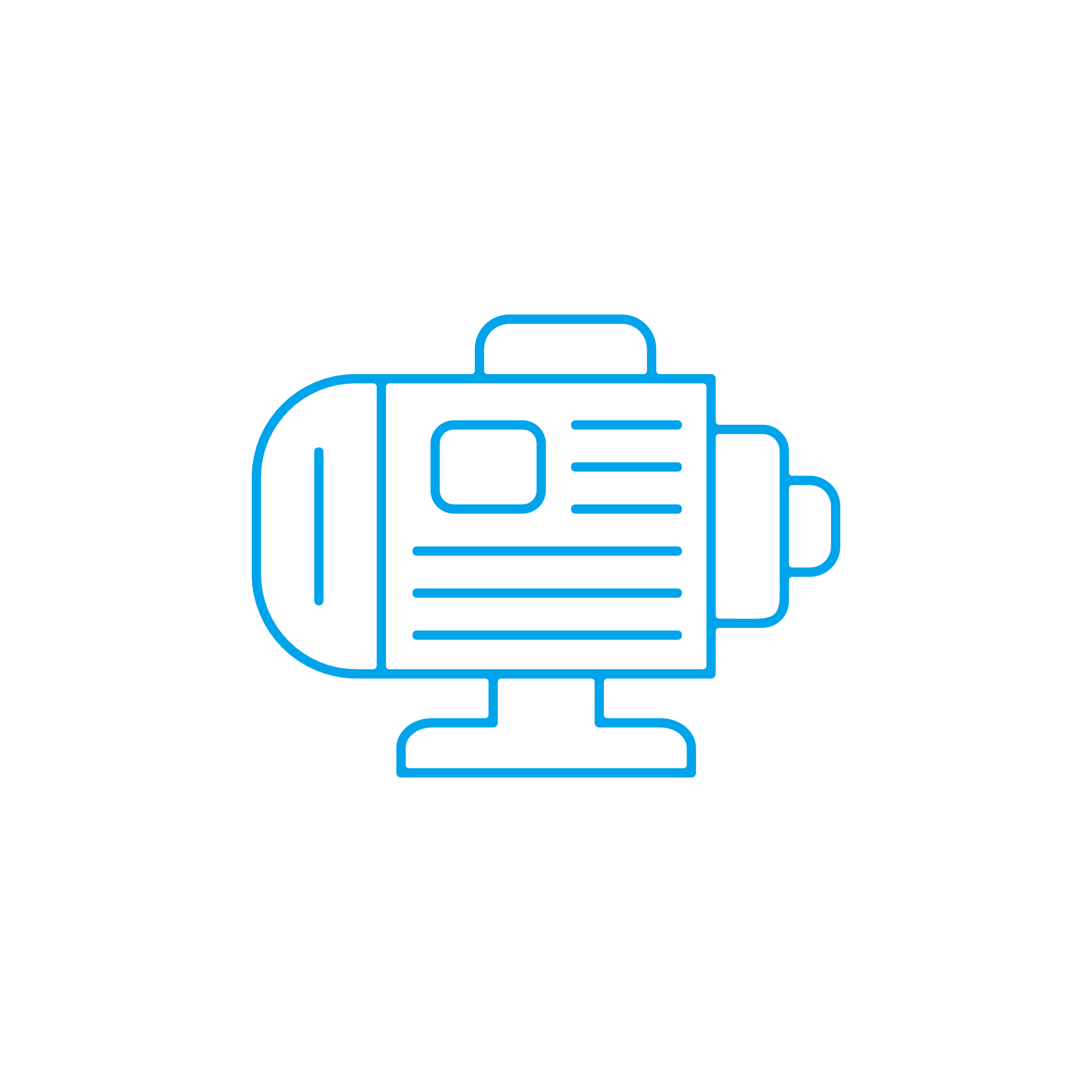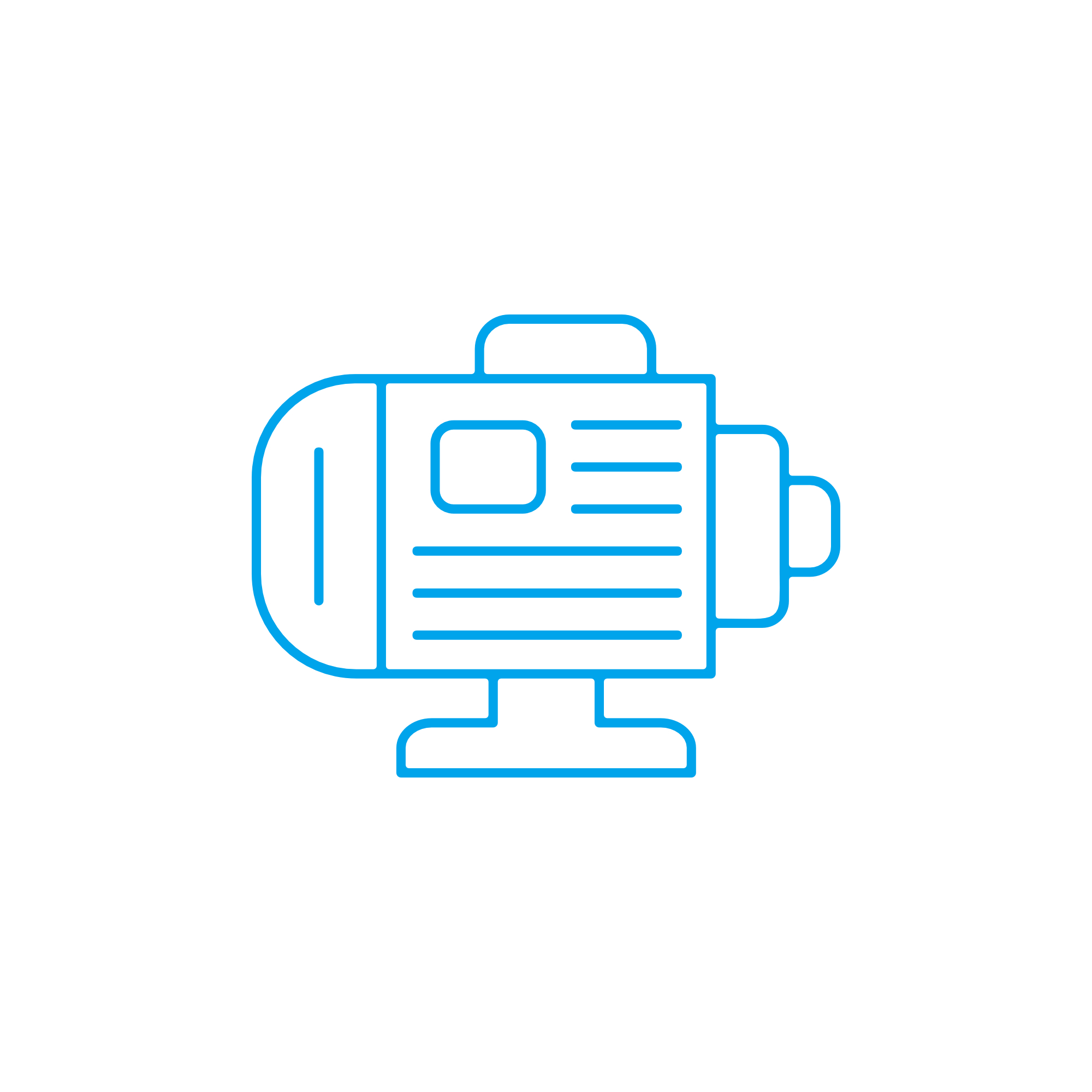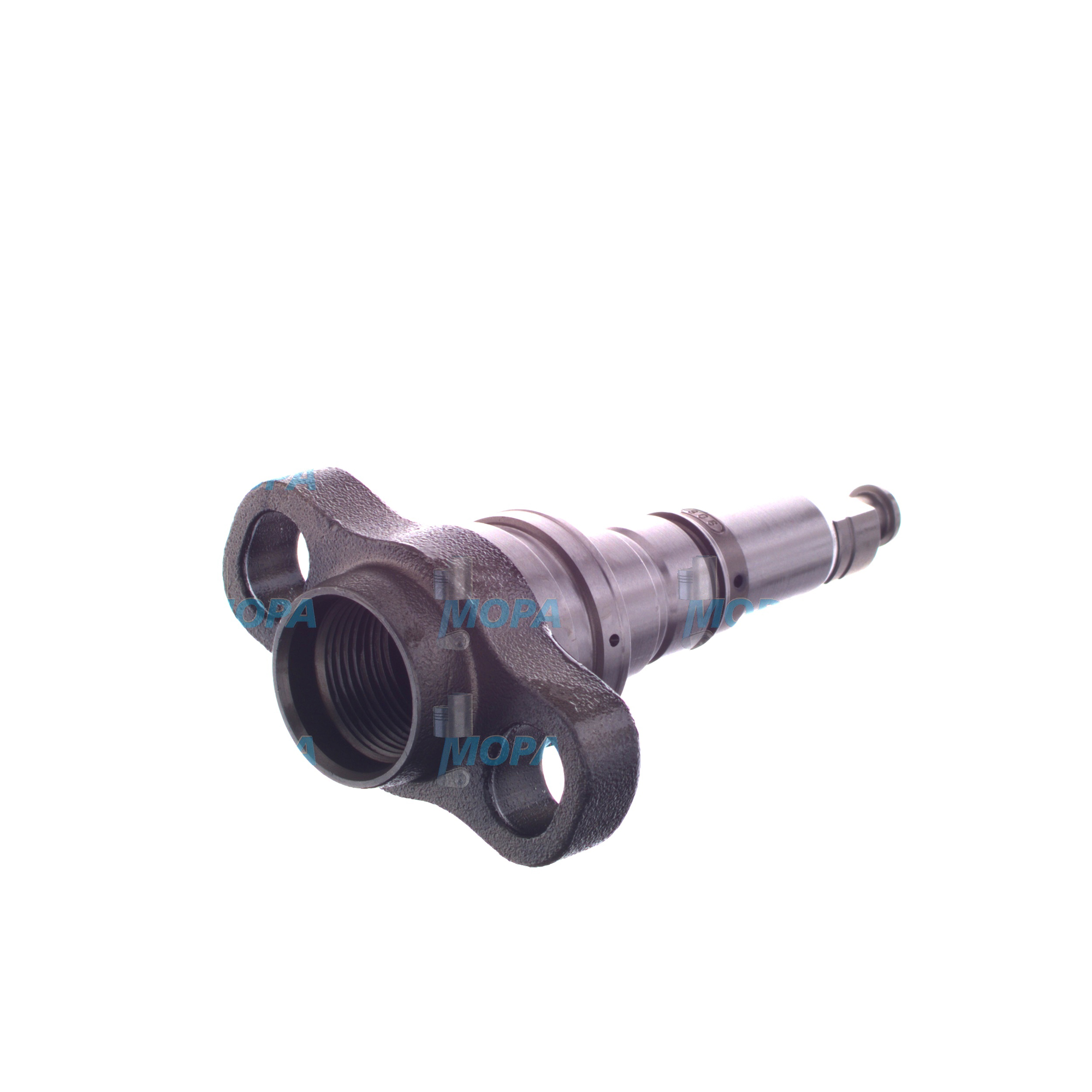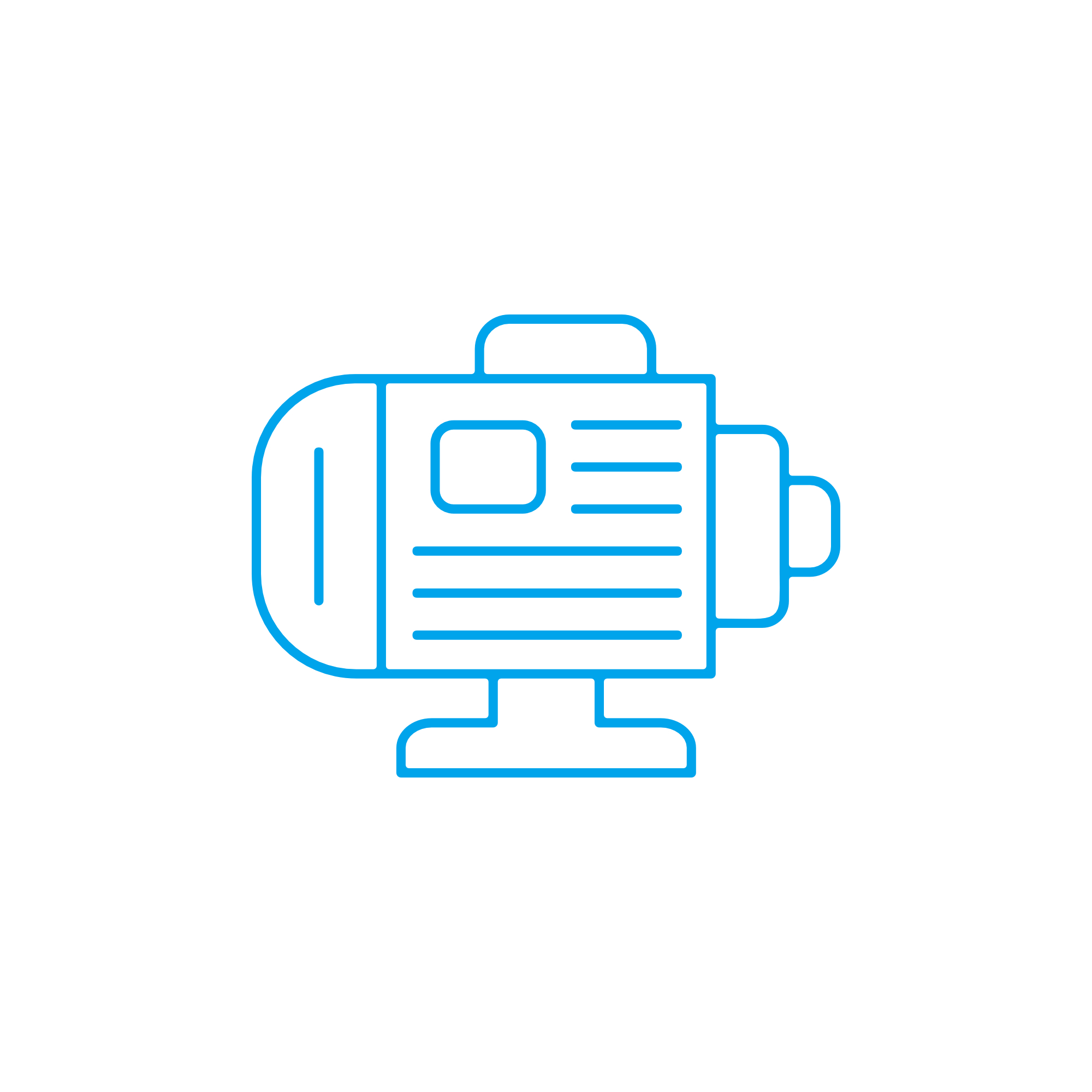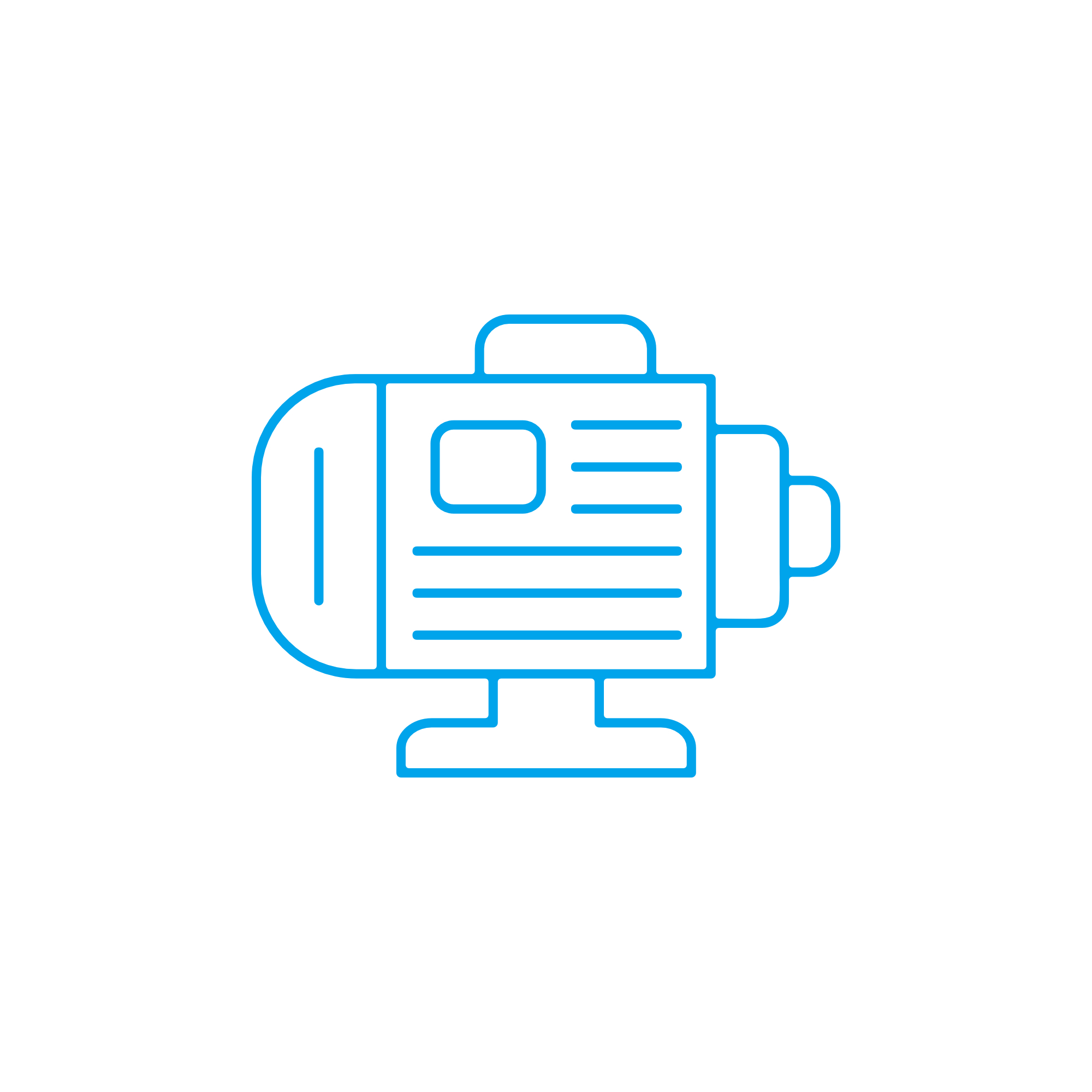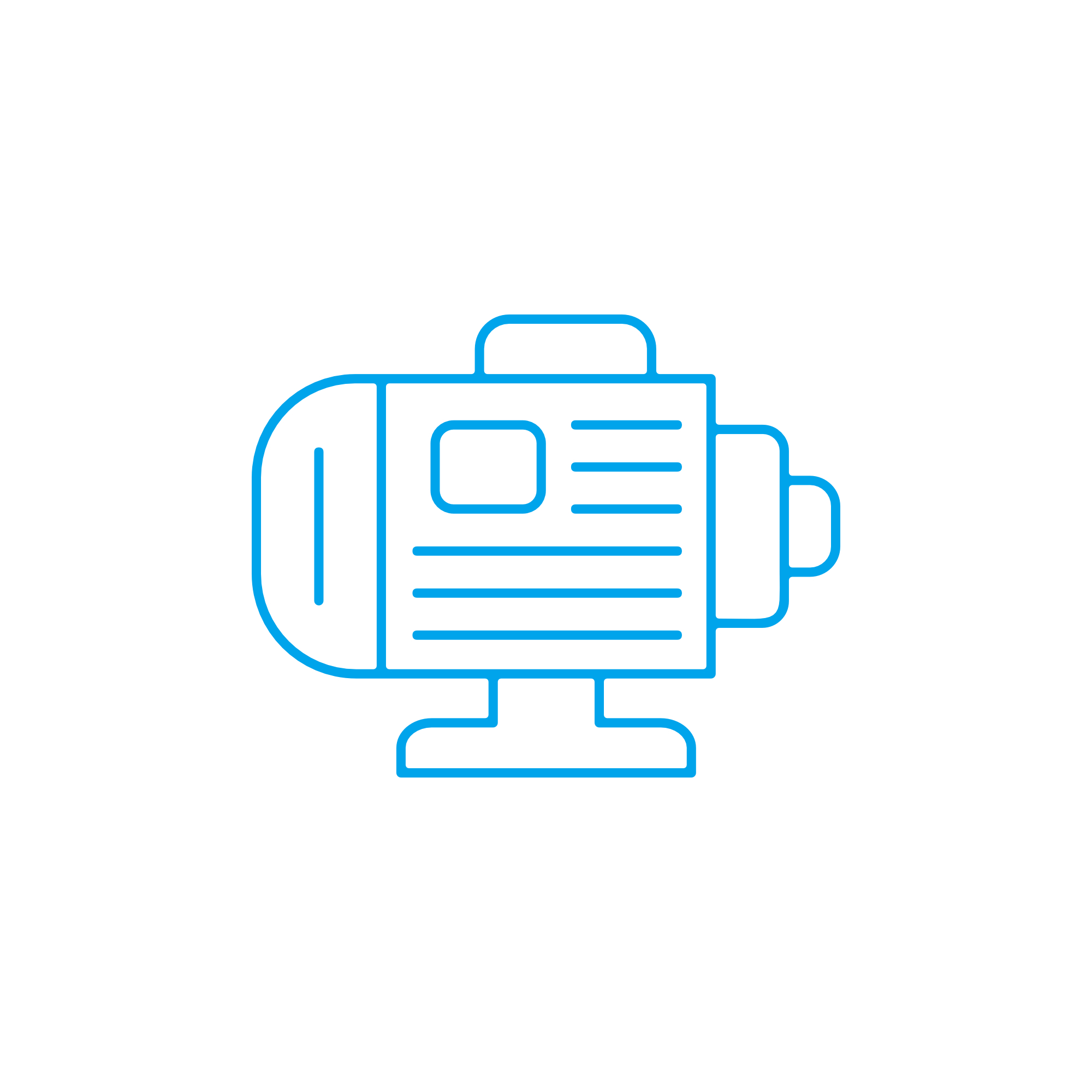PUMPING ELEMENT – Pumps, parts and accessories
Pumps, parts and accessories form the circulatory system of any engine. From moving diesel fuel with micron-level accuracy to maintaining stable lubrication and coolant flow, this category covers the components that create, control, and protect pressure and flow across the entire powerplant. In marine engines, power generation sets, and industrial compressors, well-specified pumps and matching accessories safeguard performance, efficiency, and operational safety—hour after hour, voyage after voyage.
Within this category, the PUMPING ELEMENT plays a central role. In fuel injection equipment it refers to the precision barrel-and-plunger assembly that meters and pressurizes diesel, while in rotary, gear, and centrifugal pumps the term covers impellers, rotors, gears, stators, and wear plates that convert mechanical input into reliable flow. Correctly engineered pumps, parts and accessories define how consistently an engine starts, how cleanly it burns fuel, how cool it runs, and how long critical bearings survive under heavy load.
PUMPING ELEMENT technical function in a diesel engine or marine engine
The primary function of a PUMPING ELEMENT is to transform rotational input into controlled pressure and flow. In a diesel engine injection pump, the barrel-and-plunger PUMPING ELEMENT builds injection pressure—often well above 1,000 bar—at precisely timed intervals. The helix geometry on the plunger governs the effective stroke, and therefore the injected quantity, while tight clearances (typically in the micron range) minimize leakage and stabilize injection timing. A matched delivery valve prevents pressure rebound and maintains a clean cutoff, reducing smoke and fuel consumption.
For lubrication circuits, gear and screw pumps rely on toothed PUMPING ELEMENTs (gears/rotors) to supply constant-volume flow proportional to speed. Their job is to maintain film strength across bearings and cam lobes; even small deviations in pump efficiency can shift oil pressure outside the safe operating band. In cooling systems, centrifugal PUMPING ELEMENTs (impellers) convert shaft power into flow head, sustaining coolant circulation through cylinder liners, jackets, and heat exchangers. Marine engine raw-water pumps use corrosion-resistant impellers and wear rings to keep seawater movement steady without cavitation.
Accessories—seals, shafts, bushings, bearings, housings, relief valves, couplings, strainers, and gaskets—ensure each PUMPING ELEMENT performs within design clearances and under the right suction and discharge conditions. Proper materials (e.g., nitrided tool steels for plungers, duplex stainless for seawater impellers) and surface finishes (low Ra values for sliding pairs) directly affect volumetric efficiency, wear rate, and thermal stability.
· Stable pressure and flow across fuel, lube oil, and coolant circuits.
· Precision metering via helix-controlled PUMPING ELEMENT in injection systems.
· Materials matched to media: diesel, lubricants, glycol-water, or seawater.
· Minimized leakage by tight clearances and hardened running surfaces.
· Cavitation resistance through optimized inlet geometry and NPSH margin.
· Accessories that preserve alignment, sealing integrity, and vibration limits.
Importance of Pumps, parts and accessories for engine reliability
Engines depend on continuous, specification-conformant flow. If a PUMPING ELEMENT wears, clearances open and volumetric efficiency drops. In fuel systems, that causes poor atomization, delayed timing, hard starting, elevated smoke, and increased specific fuel consumption. In lubrication circuits, diminished pump output or relief valve drift lowers oil pressure, accelerating bearing and cam wear, and raising the risk of scuffing under transient load. For cooling, a compromised impeller or eroded wear ring reduces head, inviting hotspots, liner cavitation, and thermal stress that shortens head-gasket and seal life.
Accessories matter just as much. A worn coupling increases shaft misalignment and bearing load; degraded seals let air ingress on the suction side, causing cavitation and vibration; clogged strainers starve the pump inlet; fatigued relief valves compromise system safety. In marine engine service, where engines operate for long intervals far from shore, any of these issues can escalate to unplanned off-hire, towage, or expensive component replacement.
Advantages of OEM spare parts suitable for Pumps, parts and accessories
Choosing OEM spare parts suitable for this category safeguards the engineered relationships between materials, geometry, and tolerances. A PUMPING ELEMENT manufactured to the correct metallurgy, heat treatment, and surface finish maintains the design leakage rate and timing curve. That precision translates into consistent injection quantity, steady oil pressure, and predictable coolant flow under all duty cycles.
From a lifecycle perspective, the benefits are measurable:
· Dimensional conformity keeps clearances within the micron range for stable efficiency.
· Verified materials extend service intervals and reduce unplanned downtime.
· Component matching (e.g., plunger to barrel, impeller to wear ring) preserves hydraulic performance.
· Test documentation supports compliance with class and operator QA requirements.
· Higher mean time between overhauls lowers total cost of ownership and inventory burden.
· Drop-in fit with OEM parts simplifies maintenance planning and minimizes installation time.
For procurement teams, this approach reduces risk. You maintain consistent performance data across fleets, standardize spares, and avoid cascading failures triggered by mismatched tolerances in critical PUMPING ELEMENT assemblies.
MOPA as a partner for OEM parts: PUMPING ELEMENT and Pumps, parts and accessories
MOPA supplies OEM spare parts suitable for Pumps, parts and accessories with a strong focus on speed, quality, and security. Whether you operate a high-speed generator set, a slow-speed marine engine, or a gas engine in continuous duty, MOPA connects you with PUMPING ELEMENT assemblies, fuel injection components, oil and coolant pumps, seals, wear rings, couplings, and aligned accessories sourced to OEM specifications.
Our team prioritizes short lead times, robust logistics, and full traceability throughout the transaction. We help purchasers and shipowners consolidate multi-brand requirements into a single, secure supply stream, covering diesel engine and gas engine platforms. From technical identification and cross-referencing to export documentation and class-compliant paperwork, MOPA keeps your maintenance windows tight and your risk profile low.
PUMPING ELEMENT scope and expertise for marine engine and diesel engine fleets
MOPA supports complete assemblies and critical wear parts: barrel-and-plunger sets, delivery valves, control racks, gear rotors, screw pump cartridges, centrifugal impellers, shafts, bearings, mechanical seals, O-rings, gaskets, strainers, pressure relief valves, and alignment couplings—each aligned with OEM parts requirements and service practices.
Conclusion: PUMPING ELEMENT and pumps preserve performance and uptime
Pumps, parts and accessories—especially the PUMPING ELEMENT—are fundamental to fuel delivery, lubrication stability, and thermal control in every engine. Selecting OEM spare parts suitable for this category preserves precision, extends service life, and protects budgets through predictable performance and fewer unplanned events.
With MOPA as your partner for OEM parts, you gain fast, secure access to the components that keep diesel and gas engines running efficiently and reliably across the entire operational profile.


